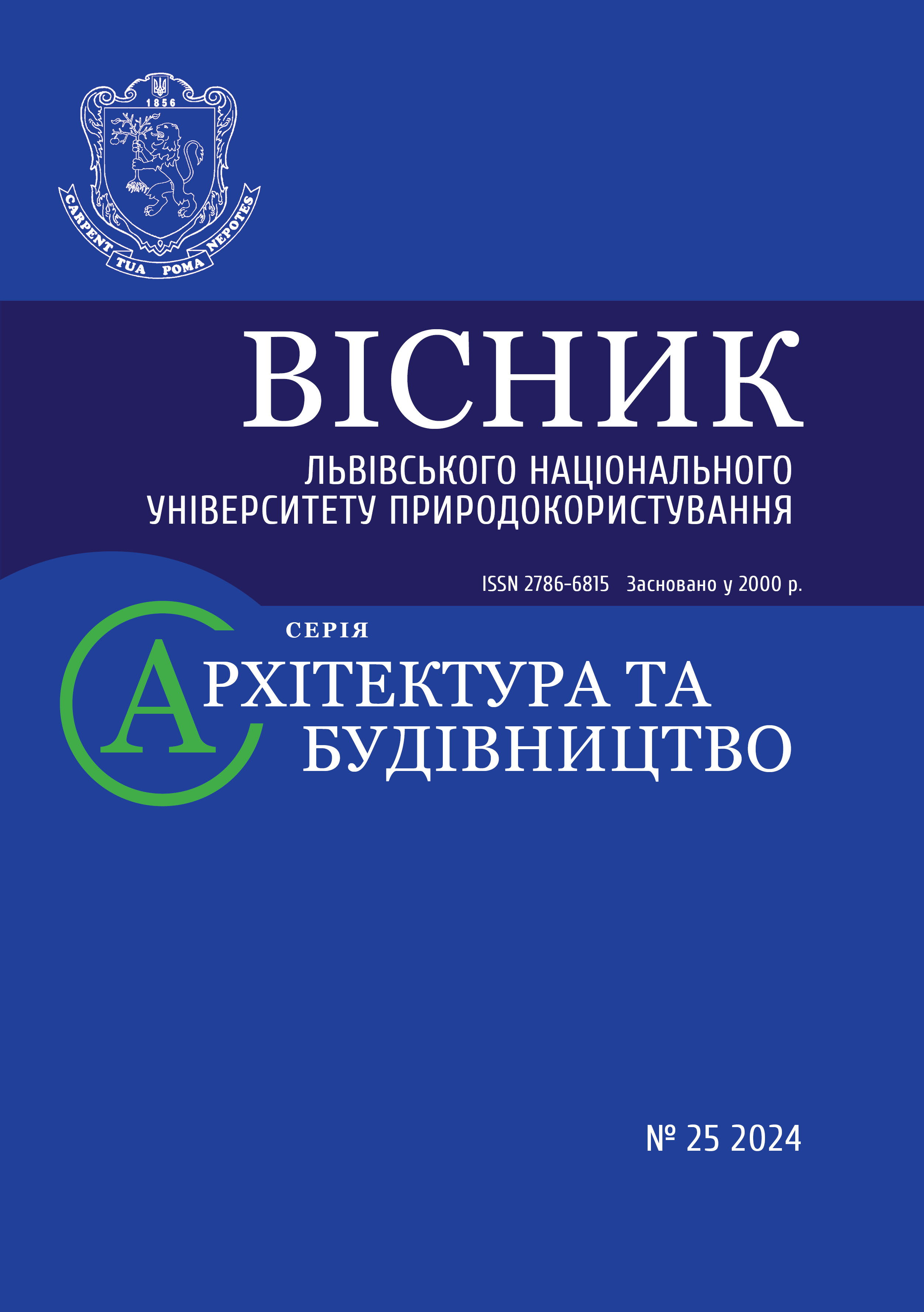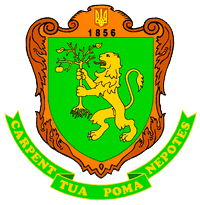CALCULATION OF THE TEMPERATURE FIELD OF METAL CORRUGATED STRUCTURES OF TRANSPORT FACILITIES WITH CONSIDERATION OF HEAT FLOWS
DOI:
https://doi.org/10.31734/architecture2024.25.009Keywords:
metal corrugated construction, heat flows, temperature field, finite element methodAbstract
A typical transport structure - a small bridge constructed from corrugated metal - serves as the subject for research on temperature distribution. To assess the heat flows affecting prefabricated metal corrugated structures in operational conditions, the research authors conducted multivariate temperature measurements on the surfaces of the metal sheets at different times throughout the year and times of day. These temperature measurements were taken using a thermal imager on a transport facility located on the bypass road of Olesko in Lviv region. The results from the experimental study indicate the temperature distribution on the surface of a metal corrugated sheet under both positive and negative ambient temperatures. The study quantified the heat flows impacting the transport structure made from these metal corrugated sheets in relation to the surrounding environmental temperatures. The research findings revealed that the heat flow absorbed by the metal corrugated structure is unevenly distributed across its surface. Notably, at the "steel-coating" interface, there is a significant difference in heat flow, which could potentially cause damage to the zinc coating. Observations showed that when a zinc coating of 80 microns thickness is applied, variations in the temperature field distribution occur compared to an uncoated surface. The maximum heat flow recorded without the coating was 495.8 W/m², while with the coating applied, it increased to 538.1 W/m². The practical significance of this research lies in the potential application of the measured heat flow values by engineering professionals during the design of transport facilities made from metal corrugated structures, taking into account the effects of thermal loads.
References
AASHTO Guide specifications: Thermal effects in concrete bridge superstructures. Washington. DC: American Association of State Highway and Transportation Officials. AASHTO, 1989. 99 p.
Buriak Ya. Y., Hachkevych O. R., Terletskyi R. F. Thermomechanics of bodies of low thermal conductivity under the action of electromagnetic radiation of the infrared frequency range. In. Proceedings of the Academy of Sciences of Ukraine. Ser. A. 1990. No 6. P. 39–43.
Demchyna B. H., Fitsyk V. S. Methods for obtaining thermophysical parameters when testing them by a standard temperature curve. Mechanics and Physics of Fracture of Building Materials and Structures. 2005. Issue 6. Lviv: Kameniar, 2005. P. 321–326.
EN 1991-1-5-2009. Eurocode 1: Effects on structures – Part 1–5. General effects. Temperature effects. Minsk, 2009. 38 p.
Gera B., Kovalchuk V. A study of the effects of climatic temperature changes on the corrugated structure of a culvert of a transportation facility. Eastern-European Journal of Enterprise Technologies. 2019. No 3/7 (99). Kharkiv, 2019. Р. 26–35. doi: 10.15587/1729-4061.2019.168260.
Karkhut I. I. Methods for studying the physical and mechanical characteristics of concrete under the action of local pulsed temperature load. Mechanics and physics of fracture of building materials and structures. Lviv, 1998. P. 279.
Kovalchuk V., Luchko Y., Bondarenko I., Markul R., Parneta B. Research and analysis of the stressed-strained state of metal corrugated structures of railroad tracks. Eastern-European Journal of Enterprise Technologies. 2016. Vol. 6. Issue 7 (84). Kharkov, 2016. Р. 4–9. doi: http://dx.doi.org/10.15587/1729-4061.2016.84236.
Luchko Y. Y., Kovalchuk V. V., Kravets I. B., Dzhus V. S. Experimental studies of temperature distribution on the surfaces of transport structures made of metal corrugated structures. Bulletin of Odessa State Academy of Civil Engineering and Architecture. 2019. Issue No 76. P. 52–62.
Luchko Y., Kovalchuk V. Algorithm for determining boundary conditions for studying temperature stresses and deformations of beam structures of railway bridges from climatic influences. Bulletin of Odessa State Academy of Civil Engineering and Architecture. 2012. No 46. P. 233–243.
Luchko Y., Kovalchuk V. Measurement of the stress-strain state of bridge structures at variable temperatures and loads. Lviv: Kameniar, 2012. 235 p.
Luchko Y., Kovalchuk V. Temperature fields and stress state of reinforced concrete beam structures of bridges. Bulletin of Odessa State Academy of Civil Engineering and Architecture. 2013. Issue 49. P. 221–236.
Rudakov K. M. Introduction to UGS Femap 9.3 (for Windows). Geometric and finite element modeling of structures: manual. Kyiv: NTUU "KPI", 2009. 282 p.


